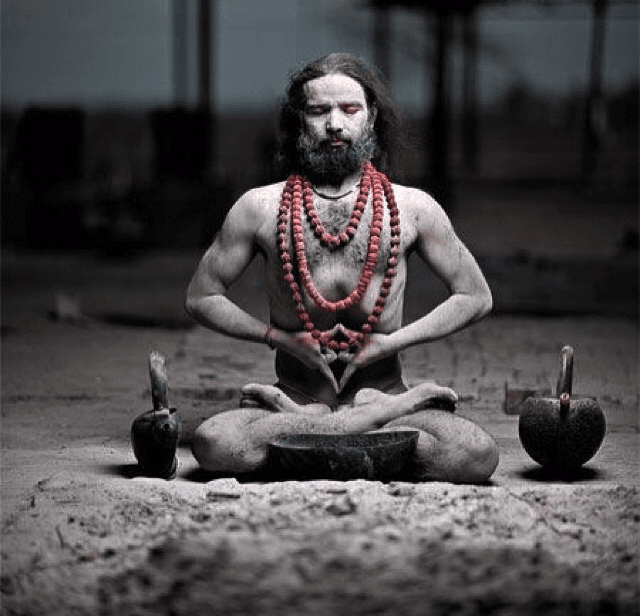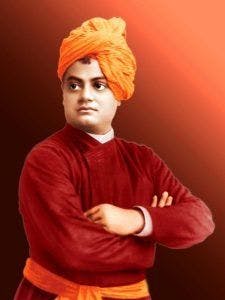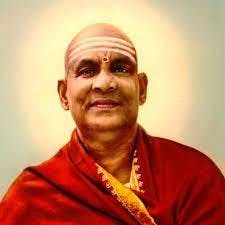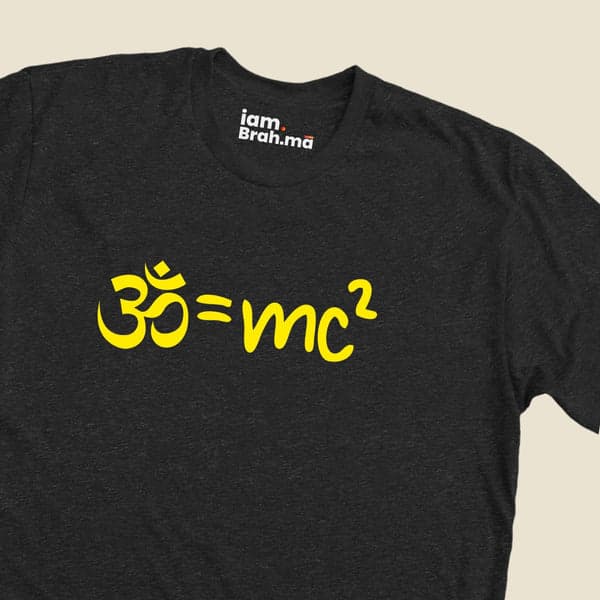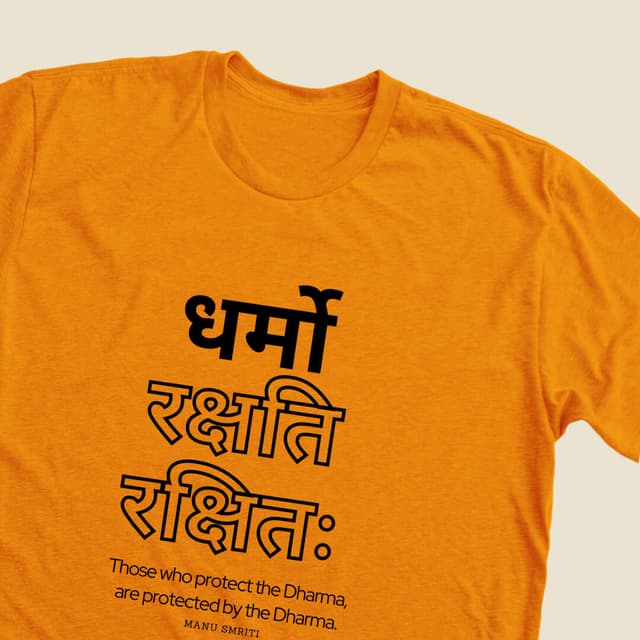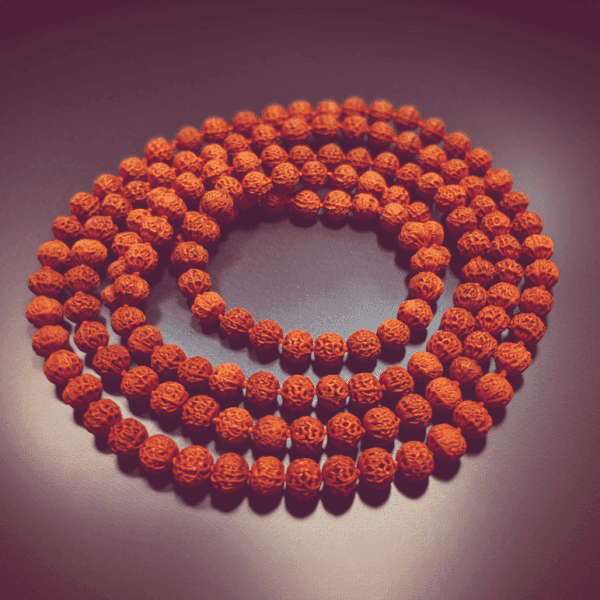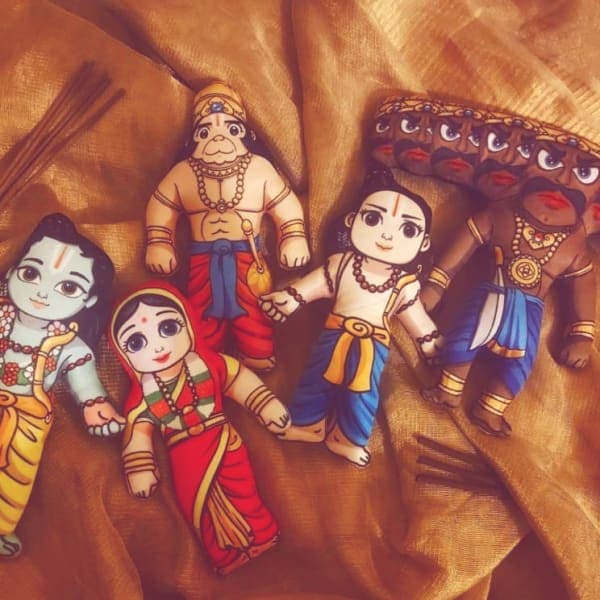History of Yoga!
The history of yoga dates back to 4-8 thousand years ago and is linked to the Indus-Saraswati civilization. The civilization was advanced and exported goods throughout the Middle East and Africa.
Historical Development Of Yoga
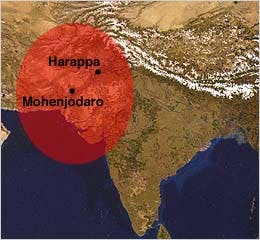
Origin
The history of yoga spans from four to eight thousand years ago to the current day. Much evidence from history and ancient books links this practice to the great Indus-Saraswati civilization.
The Indus Saraswati civilization was the largest civilization in the ancient world and exceptionally modern for its time. It is named after 2 rivers that flowed through India, The Indus-Saraswati river valleys of Bharatvarsha (present India and Pakistan) were the home to the ancient civilization of Indus-Sarasvati. Due to the turn in pronunciation, the ‘Indu’ used to be called ‘Hindu’. And the complete civilization of the Indus river valley came to be known as Hindu.
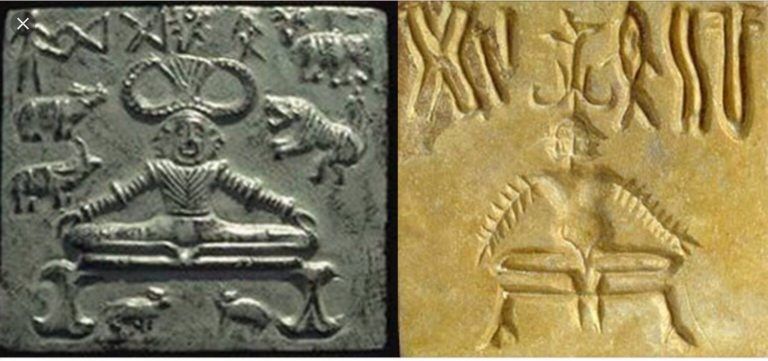
Indus-Sarasvati was a maritime society, that exported goods throughout the Middle East and Africa. The triangular amulet seal uncovered at Mohanjodaro archaeological excavation site depicts a male figure sitting crossed-legged on a low platform, with arms outstretched. His head is crowned with the horns of buffalo. The likeness of the seal and understanding of surrounding culture has led to its widely accepted identification as ‘Pashupati’, Lord of Beasts or Lord Shiva. The pose is a familiar one to yogic Shiva, the meditation ascetic contemplating divine truth in “yoga posture”. Depending on the perspectives and evidence found from Mohanjo-daro seals describe the age of Yoga practice.
In the yogic lore, Shiva is seen as the first yogi or Adiyogi, and the first Guru or Adi Guru. Several Thousand years ago, on the banks of the lake Kantisarovar in the Himalayas, Adiyogi distributed his profound knowledge to the legendary Saptarishis or “seven sages”. The sages carried this powerful yogic science to different parts of the world, including Asia, the Middle East, Northern Africa, and South America. Interestingly, modern scholars have noted and marveled at the close parallels found between ancient cultures across the globe. However, it was in India that the yogic system found its fullest expression. Agastya, the Saptarishi who traveled across the Indian subcontinent, crafted this culture around a core yogic way of life.
Some historical researchers have proved that yoga was in existence during the time of the Indus Valley civilization, Vedas and Upanishadic heritage, Buddhist and Jain traditions, Darshanas, epics of Mahabharat and Ramayana, theistic traditions of Shaivas, Vaishnavas, and Tantric traditions.
Traditional Yoga Practices
There was a primordial or pure Yoga that has been manifested in mystical traditions of South Asia. This was the time when Yoga was being practiced under the direct guidance of the Guru and its spiritual value was given special importance. It was a part of Upasana and yoga sadhana was incorporated into their rituals. Sun was given the highest importance during the Vedic period. The practice of ‘Surya namaskar may have been invented later due to this influence. Pranayama was a part of the daily ritual during those days.
Current Categorization
Different variations and changes have been introduced in ancient yogic practices are categorized as below:
...
